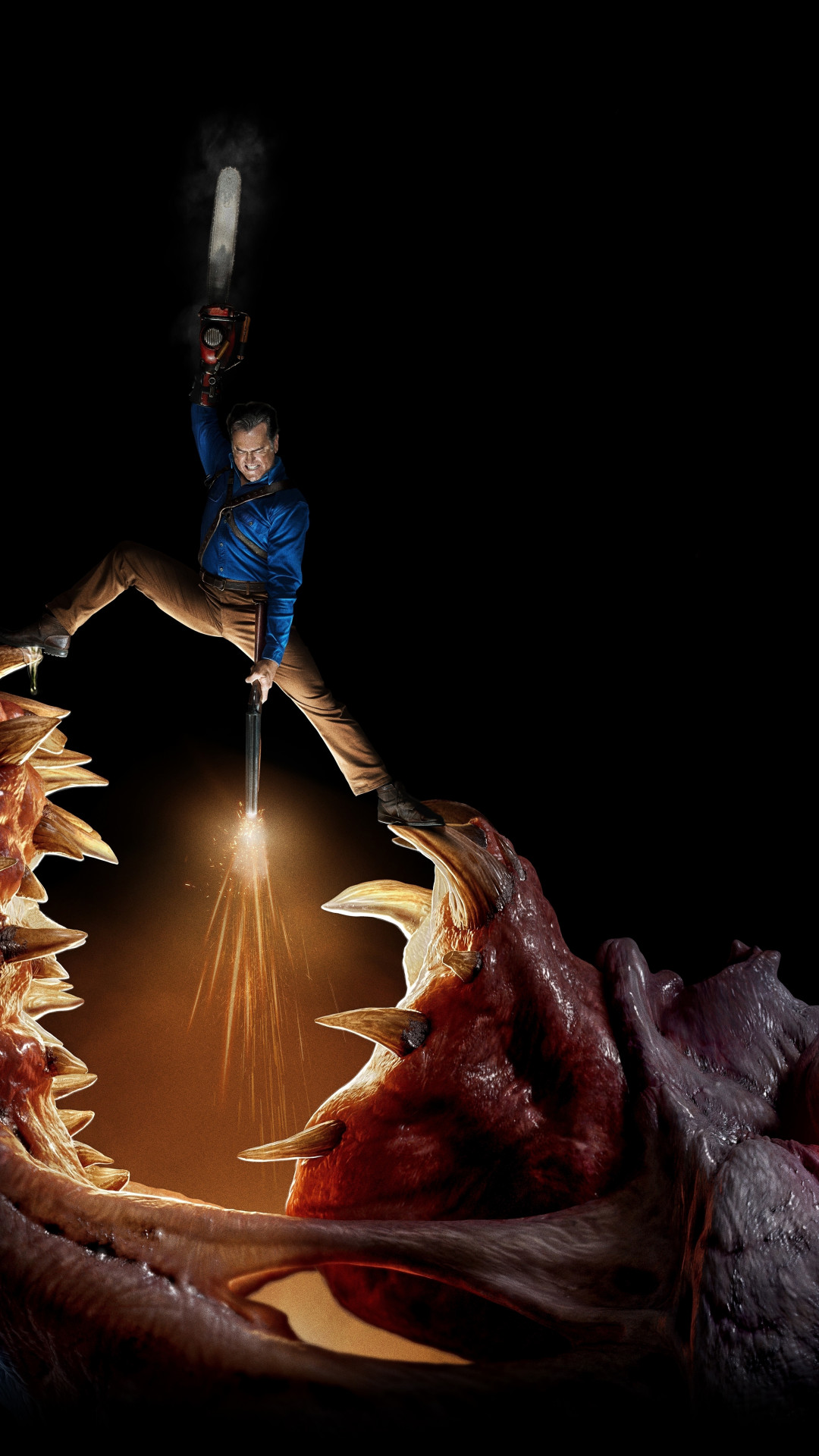
In order to achieve narrow beamwidths, the parabolic reflector must be much larger than the wavelength of the radio waves used, so parabolic antennas are used in the high frequency part of the radio spectrum, at UHF and microwave ( SHF) frequencies, at which the wavelengths are small enough that conveniently-sized reflectors can be used. Parabolic antennas have some of the highest gains, meaning that they can produce the narrowest beamwidths, of any antenna type. It functions similarly to a searchlight or flashlight reflector to direct the radio waves in a narrow beam, or receive radio waves from one particular direction only.

The main advantage of a parabolic antenna is that it has high directivity. The most common form is shaped like a dish and is popularly called a dish antenna or parabolic dish. It has a Cassegrain type feed.Ī parabolic antenna is an antenna that uses a parabolic reflector, a curved surface with the cross-sectional shape of a parabola, to direct the radio waves. This underscores why a greater understanding of indigenous history and culture and ancestral land acknowledgments are all the more critical.A large parabolic satellite communications antenna at Erdfunkstelle Raisting, the biggest facility for satellite communication in the world, in Raisting, Bavaria, Germany. This fact was recently made all too evident when a video was widely circulated of an area teacher mocking Native American dress and culture during classroom instruction. The Serrano greeting heard at the museum entrance is not a recorded voice from the distant past but rather comes from a young citizen of the San Manuel Band of Mission Indians, representing our bright future.Īs encouraging as these programs and the recent acknowledgments are, there is still much more to do to educate our region, our state and our nation regarding an accurate and respectful view of Native Americans. It is our hope that a shared understanding of the region’s past will lead to a collective vision for the future, beneficial and respectful to all for years to come. By working together over the last 20 years, we are instilling an accurate and more precise understanding of the indigenous roots of our county and how it is part of the Serrano ancestral homeland. Native American land acknowledgments are helping to identify a common center and shared identity that can unite us as both a county and a country.įor years, San Manuel has collaborated with local institutions like the San Bernardino County Museum, Cal State San Bernardino and San Bernardino City Unified School District to promote a shared history and heritage. We believe this is happening in part because people seek out what is essential to their identity and shared heritage, especially when confronted with uncertainty like what has been experienced these past few years. In last week’s announcements, the County of San Bernardino joined elected leaders from the San Manuel Band of Mission Indians, Morongo Band of Mission Indians, California State Senate, and California State Assembly in celebrating the unveiling of the written proclamation.Īcknowledgments of ancestral lands, like the one at the museum, are taking place across the nation.

To quote the proclamation that’s part of the new display at the museum entrance: “our histories and stories are intertwined in this space.” For the Maara’yam, this shared space extends far beyond the grounds of the museum properties to the 7.4 million acres that encompass our ancestral lands centered here in San Bernardino County. We encourage our friends and neighbors to learn about the indigenous culture, language, and history that emerged from the land itself. On National Native American Heritage Day, celebrated the Friday after Thanksgiving, we invite all people to reflect on the origins of this region we love and call home. A proclamation by County Supervisors now on display at the entrance to the San Bernardino County Museum in Redlands is accompanied by a voice speaking the Serrano language. For the first time in living memory, a recorded voice can now be heard in a San Bernardino County public venue speaking a language native of this region.įor the first time in Inland Empire history, San Bernardino County officials acknowledged Native American tribal land by announcing that its three museums sit on Serrano Ancestral lands- rooting the story of the county in its Maara’yam (Serrano Indian) origins.


 0 kommentar(er)
0 kommentar(er)
